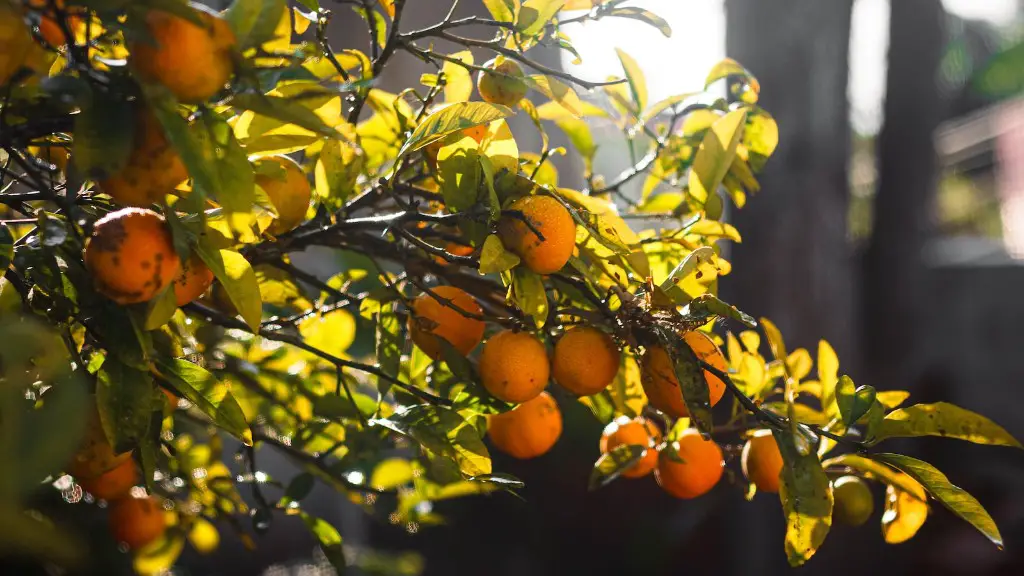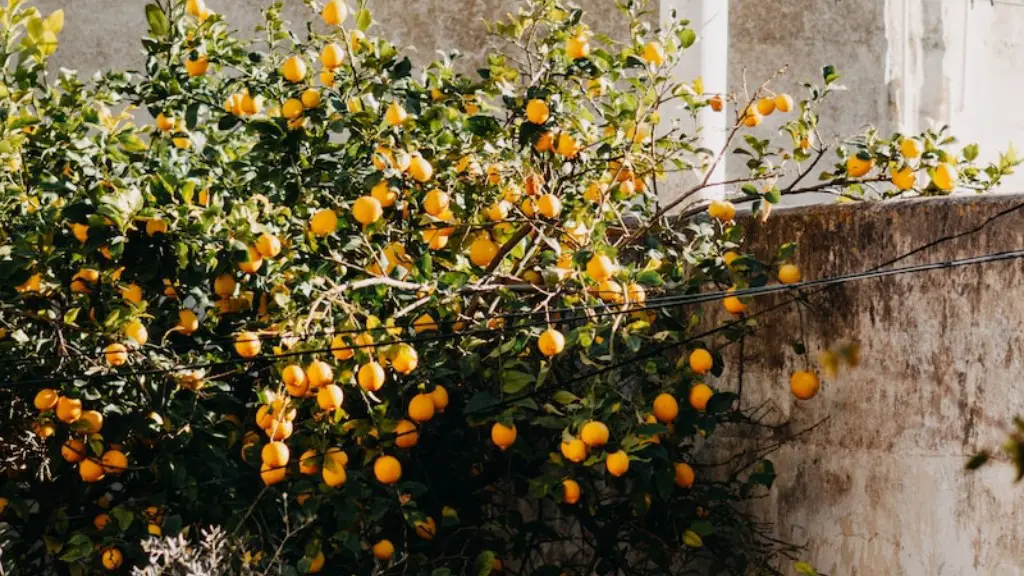Have you ever noticed that your avocado tree leaves are turning brown? If so, you’re not alone. Many gardeners and landscapers are familiar with this problem and are often at a loss as to why it’s happening. This article explores several potential causes and offers advice for how to address them.
According to horticultural experts, the most common cause of avocado tree leaves turning brown is sunburn. Avocado trees require lots of sunlight but can be adversely affected by overexposure to the sun’s intense rays. Leaves can experience sunburn when they are exposed to direct sunlight without adequate protection. If you notice brown patches on your avocado tree’s leaves, it is likely that your tree has been sunburned.
Another potential cause is nutrient deficiencies. Avocado trees need a well-balanced diet of nitrogen, phosphorus, and potassium. Without these essential nutrients, leaves can turn brown. To avoid nutrient deficiencies, you should fertilize your tree once every two to four weeks during the growing season. You should also ensure that the soil around your tree is well-drained and amended with organic matter.
Finally, improper watering can also cause leaves to brown. Avocado trees need lots of water to stay healthy, but too much or too little can be problematic. The best way to water your tree is to ensure that the soil is thoroughly drenched and allow it to dry out completely before watering again.
In sum, there are a number of reasons why your avocado tree leaves are turning brown. Sunburn, nutrient deficiencies, and improper watering can all be contributing factors. It’s important to take measures to protect your tree from overexposure and to ensure that it is receiving the proper amounts of sunlight, nutrients, and water.
Best Practices For Weather Protection
Sunburn can be a serious issue for avocado trees, so it’s important to provide them with adequate weather protection. A good way to do this is by investing in protective cloths or fabrics and covering your tree during particularly sunny days. You should also ensure that your tree is planted in an area that provides plenty of shade during the hotter parts of the day.
You can also take additional steps to protect your tree from intense and prolonged exposure to the sun. Coating your tree with a white, light-reflecting paint can help prevent sunburn, as can using insect netting or shade cloth to reduce the intensity of the sun’s rays. A sun-reflective mulch around your tree can also be beneficial.
Finally, it is important to prune your tree regularly. Pruning helps limit your tree’s exposure to the sun and can help promote healthier growth. Avocado trees don’t need to be pruned excessively, but removing dead or damaged branches can help to keep your tree healthy.
Managing Nutrient Deficiencies
As mentioned previously, nutrient deficiencies can also cause browning leaves, so it is important to properly manage your avocado tree’s diet. The best way to do this is by supplementing your tree with a balanced fertilizer. Make sure to read the label carefully and only use the recommended amounts.
You should also be mindful of other aspects that can promote good plant health. Keeping the soil around your tree light and aerated can help ensure that your tree is getting the necessary nutrients. Compost and organic matter can also help improve the soil’s fertility.
You should also be aware of any potential pests or diseases that may be affecting the tree. Pests and disease can interfere with the uptake of essential nutrients, leading to nutrient deficiencies. If you notice any unusually high levels of insect or disease activity, it may be necessary to prune affected branches and apply an appropriate pesticide or fungicide.
Maintaining Water Levels
Finally, it is important to maintain proper irrigation levels to keep your avocado tree healthy. Too much or too little water can cause leaves to brown, so it’s important to get the balance right. A good rule of thumb is to water deeply but infrequently. You should also ensure that the soil is well-drained and amended with organic matter to promote good irrigation.
When watering your tree, you should always water near the trunk rather than at the end of the branch. This helps ensure that the roots are getting enough water and helps to prevent leaf damage. You should also pay close attention to the amount of rainfall your tree is getting, as that can often be enough to keep your tree adequately irrigated.
Conclusion
Browning leaves on avocado trees can often be caused by sunburn, nutrient deficiencies, or improper watering. It is important to take steps to protect your tree from overexposure, to provide it with a balanced diet of essential nutrients, and to ensure that it is receiving the proper amount of water. If you take the necessary steps, you should be able to help keep your tree healthy and ward off future leaf damage.

